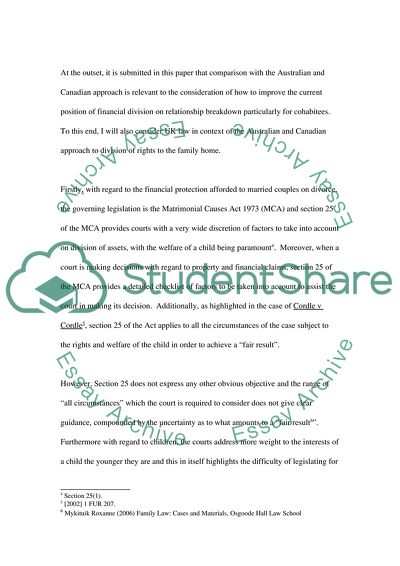Cite this document
(The Most Important Benefit of Marriage that Cohabitants Lack is Access Research Paper, n.d.)
The Most Important Benefit of Marriage that Cohabitants Lack is Access Research Paper. Retrieved from https://studentshare.org/social-science/1730151-the-most-important-benefit-of-marriage-that-unmarried-cohabitants-lack-is-access-to-divorce-laws-at-the-end-of-their-relationship-critically-discuss
The Most Important Benefit of Marriage that Cohabitants Lack is Access Research Paper. Retrieved from https://studentshare.org/social-science/1730151-the-most-important-benefit-of-marriage-that-unmarried-cohabitants-lack-is-access-to-divorce-laws-at-the-end-of-their-relationship-critically-discuss
(The Most Important Benefit of Marriage That Cohabitants Lack Is Access Research Paper)
The Most Important Benefit of Marriage That Cohabitants Lack Is Access Research Paper. https://studentshare.org/social-science/1730151-the-most-important-benefit-of-marriage-that-unmarried-cohabitants-lack-is-access-to-divorce-laws-at-the-end-of-their-relationship-critically-discuss.
The Most Important Benefit of Marriage That Cohabitants Lack Is Access Research Paper. https://studentshare.org/social-science/1730151-the-most-important-benefit-of-marriage-that-unmarried-cohabitants-lack-is-access-to-divorce-laws-at-the-end-of-their-relationship-critically-discuss.
“The Most Important Benefit of Marriage That Cohabitants Lack Is Access Research Paper”, n.d. https://studentshare.org/social-science/1730151-the-most-important-benefit-of-marriage-that-unmarried-cohabitants-lack-is-access-to-divorce-laws-at-the-end-of-their-relationship-critically-discuss.


